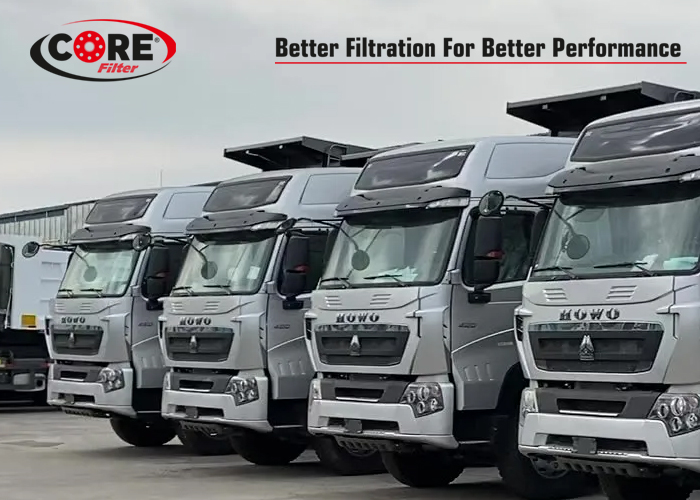Filters play a crucial role in separating solid and liquid particles in various industrial and commercial applications. The effectiveness of filters is directly linked to the design and performance of their internal elements. Mathematical modeling and analysis techniques for filter element design help optimize these elements and enhance filter performance. This article will focus on the mathematical modeling techniques and analysis methods used in the design of filter internal elements.
Mathematical Modeling Techniques:
Fluid Dynamics Models: Mathematical modeling of fluid dynamics is essential in the design of filter internal elements. Modeling the properties of fluid flow, such as pressure, velocity, and direction, plays a critical role in optimizing internal elements.
Particle Transport Models: Modeling the behavior of particles within the filter is crucial for understanding the effectiveness of internal elements. Particle transport models consider factors such as particle size, density, and movement.
Filtration Data Models: Mathematical models used to evaluate the performance of filter internal elements analyze filtration data and measure filter efficiency.
Analysis Methods:
Numerical Analysis: Numerical analysis methods are used to solve mathematical models of filter internal elements. These methods utilize computer simulations to solve complex fluid dynamics and particle behavior problems.
Experiment-Based Analysis: Experiment-based analysis methods are used to validate mathematical models and evaluate filter performance. Laboratory tests and field experiments are important for determining how filter internal elements perform in practice.
Optimization Techniques: Mathematical modeling and analysis are used in the optimization of filter internal elements. Optimization techniques are used to determine the most suitable design parameters to meet specific performance criteria.
Conclusion:
Mathematical modeling and analysis techniques for filter internal elements are crucial for improving filter performance and optimizing internal elements. Fluid dynamics models, particle transport models, and filtration data models are fundamental mathematical tools used in the design of internal elements. Numerical analysis, experiment-based analysis, and optimization techniques are key methods used for evaluating and improving the performance of filter internal elements. These mathematical and analytical approaches form the foundation for advancements in filter technology and continuous improvement in filter performance.
